Microfiber or microfibre is a synthetic fiber. Finer than one denier, this micro-filament is thinner than a strand of silk and much finer than a human hair.
There are many uses for microfiber, ranging from scientific/industrial to fashion accessories.
In home textiles, the first popular microfiber products were throws and blankets made of "microplush" knitted yarns. This throw was the softest, most luxurious polyester product since "Vellux®" blankets were brought to market. "Microplush" remains one of the most popular fabrics since its discovery. Pajama pants, sweatshirts and even car-seat covers have all used this soft pile polyester knitted fabric.
Micro Plush microfiber blanket.




